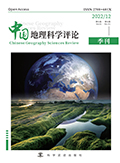参考文献
[1] 张润, 王永滨. 机器学习及其算法和发展研究[J]. 中国传媒大学学报(自然科学版), 2016, 23(02): 10-18, 24.

